Katsu Sando (カツサンド) is probably one of the most popular sandwiches in Japan. “Sando” is a Japanese Katakana word for sandwich. You can find them at the convenience stores, supermarkets and they are especially popular at train stations or the airports. The first Katsu Sando was sold at the Tonkatsu, a deep-fried pork cutlet restaurant, or at Yoshoku (洋食, western-style) restaurants. To understand the Katsu Sando, we need to trace a brief history of Katsuretsu and Tonkatsu.
The Difference between Katsuretsu and Tonkatsu

Katsuretsu (カツレツ) is a Japanese Katakana word for cutlet. Actually, this word is for a cutlet fried in a pan. As you can see in the pictures above, Katsuretsu looks like a fried chicken. Katsuretsu is one of the foods influenced by Yoshoku, European-style cuisine.
Please check this link:
https://youtu.be/ezJNA7mLIsI

Tonkatsu (とんかつ) is a combination word made from “Ton” and “Katsu.” Ton (とん) means “pork,” and Katsu (かつ) is a shortened form of “Katsuretsu.” Sometimes Katsuretsu and Tonkatsu look very similar to each other; however, there is a big difference between these two dishes. The difference is in how the meat is fried. In the case of Tonkatsu, the chef puts the cutlet into a pool of oil and it takes a fairly long time to fry it compared to Katsuretsu. This method is derived from how to make Tempura in Japanese cuisine.
Please check this link:
https://youtu.be/jogOGVo-81w
Katsuretsu at Rengatei
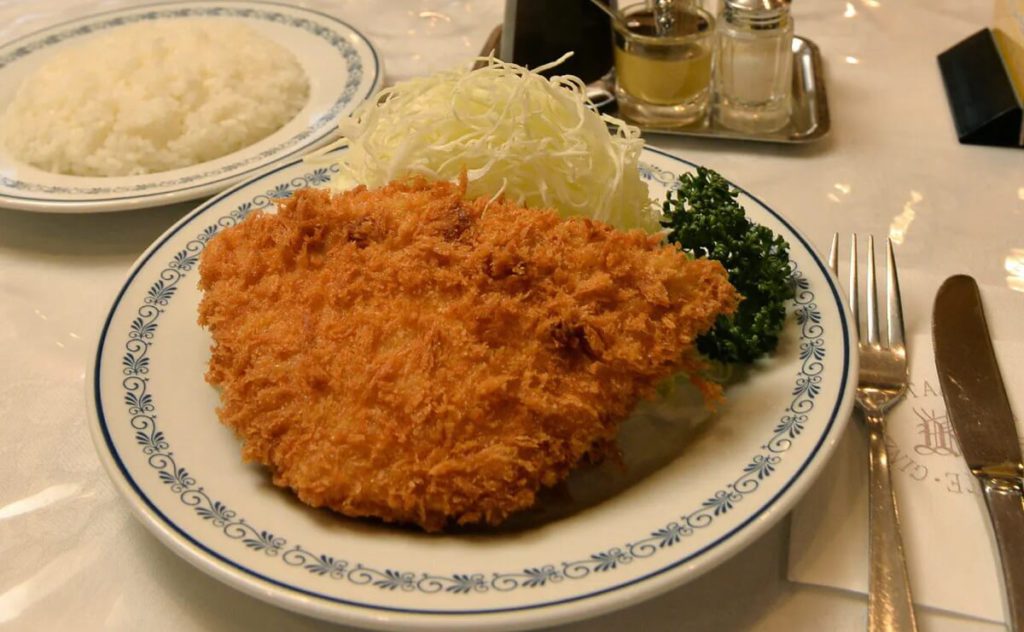
Rengatei 煉瓦亭, one of the Yoshoku restaurant in Ginza Tokyo, started their business in 1895. This restaurant was a pioneer in introducing western-style food to Japanese people with their great efforts and modifications. If you look at the picture above, you’ll notice that the rice is on the plate and the knife and fork are included. This is a fusion of western style and Japanese style, and it was supported by the customers at their restaurant.
Rengatei introduced various kinds of western-style dishes with arrangement. Katsuretsu at Rengatei was veal at first; however, veal was quite expensive at that time for common people, so the chef picked pork instead of veal in 1899.
Later, Katsu Curry and Katsu Sando were created. “Katsu Sando” used Katsuretsu as a sandwich filling. This was probably the first time that Katsu Sando was used as a main dish!


Tonkatsu Combo at Isen
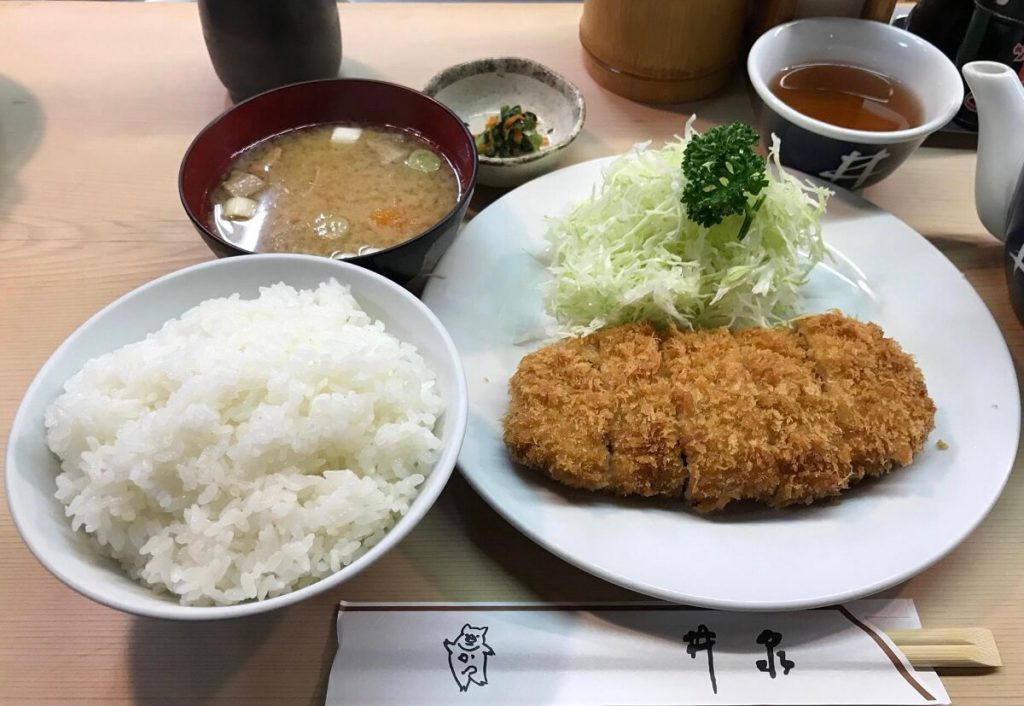
Tonkatsu Isen (とんかつ井泉) started their business in Ueno, Tokyo in 1930. At that time, Tonkatsu had already gained great popularity, and there were a lot of restaurants which specialized in serving Tonkatsu around Ueno. Isen was one of them. Isen boasts that their Tonkatsu is the one which you can cut it with chopsticks. You say that in Japanese like this:「お箸で切れるとんかつ」(ohashi de kireru tonkatsu). I
Tonkatsu has become a part of Washoku (和食), a Japanese-style dish served with a bowl of rice, miso soup, and chopsticks. If you look at the picture above, you’ll recognize the difference from Katsuretsu at Rengatei Ginza.
Basically there are two types of Tonkatsu: Hire and Rosu. Hirekatsu (ヒレカツ) means “portion fillet” and Rosukatsu (ロースカツ) means “portion loin.”
Hirekatsu is smooth and tender, and it has light-tasting with low fat and low calories. Rosukatsu has some fat, and it characterized by its rich umami taste.

Hirekatsu Sando for female artists
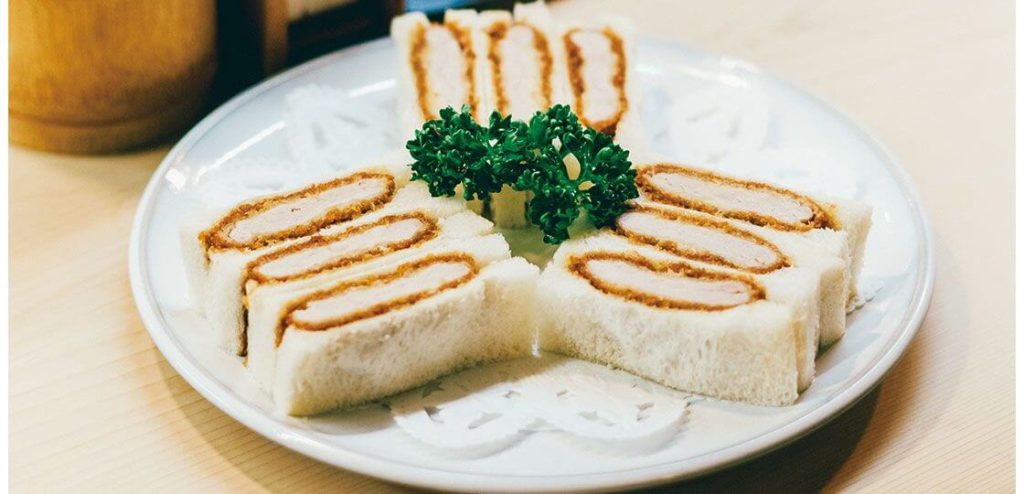
Hirekatsu Sando at Isen was created by a sudden idea of the owner’s wife in 1935. Around this restaurant Isen, Geisha, Shamisen artists, and Japanese Buyou dancers visited there. It was a so-called Hanamachi 花街, a geisha town. Tonkatsu Isen had a close relationship with those female artists. It was not easy for them to eat between their performances, so a kind of fast food was needed.
Then the owner’s wife thought of making bite-sized, easy-to-consume sandwiches with Tonkatsu fillings. In this way, Hire Katsu Sand at Isen was created. It was full of consideration for geisha artists from the women.

Hirekatsu Sando at Isen is sometimes regarded as the first Katsu Sando in Japan. Though the Rengatei version was a precursor, these bite-sized sandwiches gained a great popularity and gave birth to another version of the Katsu Sando.

Aoyama Isen (青山 井泉) started their business in 1978 as one of the branch offices of Isen (井泉) and changed their name into Maisen (まい泉) in 1983. But the main concept of the Tonkatsu restaurant was inherited. The Katsu Sando at Maisen is now widely recognized in Japan.

Rosukatsu Sando at a cafe

Ginza Brazil (銀座ブラジル), a cafe at Asakusa, served a Rosukatsu Sando for the first time in Japan. They opened their business in 1948 and have been entertaining their customers up to now. Their Katsu Sando goes well with a cup of coffee.
The owner mentioned that they went and saw the world around and got the idea of this sandwich, and they started to serve it in Japan.
Man-Katsu Sando, from Mansei, Akihabara Tokyo
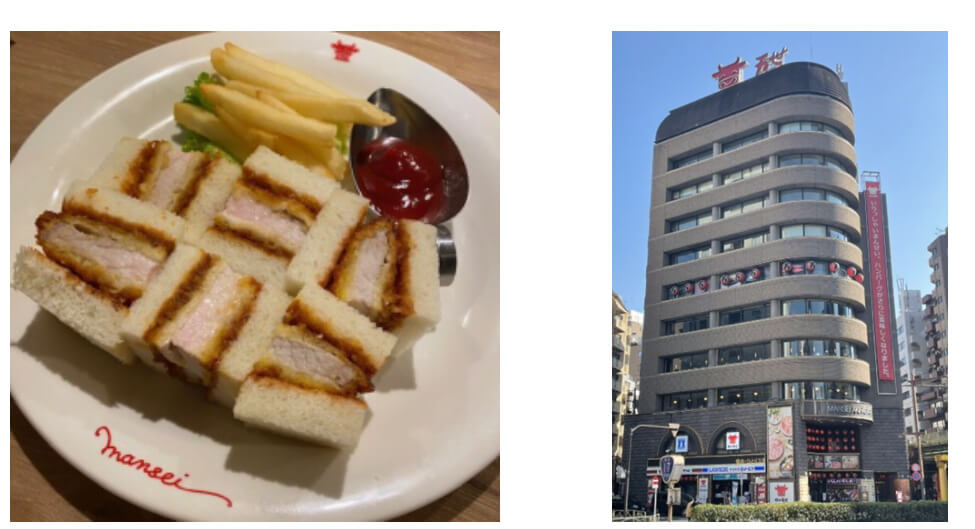
Niku no Mansei (肉の万世), a steak restaurant, opened in 1949 in Akihabara Tokyo, and it is a legendary place for meat dish lovers. A Katsu Sando which is called Man-Katsu Sando (万かつサンド) has been on their menu since1955. This sandwich accelerated their popularity. The Man-Katsu Sando are especially sold not only at their restaurants but at the train stations and at the airports.
Katsu Sando from Yoshikami, a Yoshoku restaurant in Asakusa, Tokyo
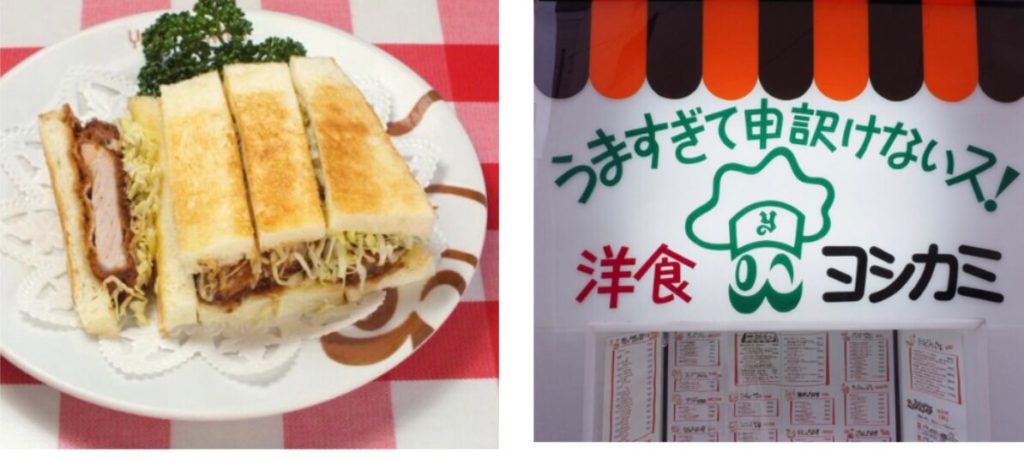
Yoshikami (ヨシカミ), a Yoshoku restaurant in Asakusa, Tokyo, opened their shop in 1951. They serve various kinds of lovable, tasty, western-style Japanese foods including Katsu Sando. Please check this link: https://youtu.be/PFkQBoTG9Ts
This Katsu Sando is not an appetizer but a main dish.
Their slogan「うますぎて申し訳ないす!」(Umasugite mousiwake naisu: We are sorry to say that our food and drinks are very tasty for you) is quite unique. The owner said that he would like to say that it is a kind of joke, but once they say it aloud, they make every effort to serve a great dish with responsibility and care.
Katsu Sando: its variations

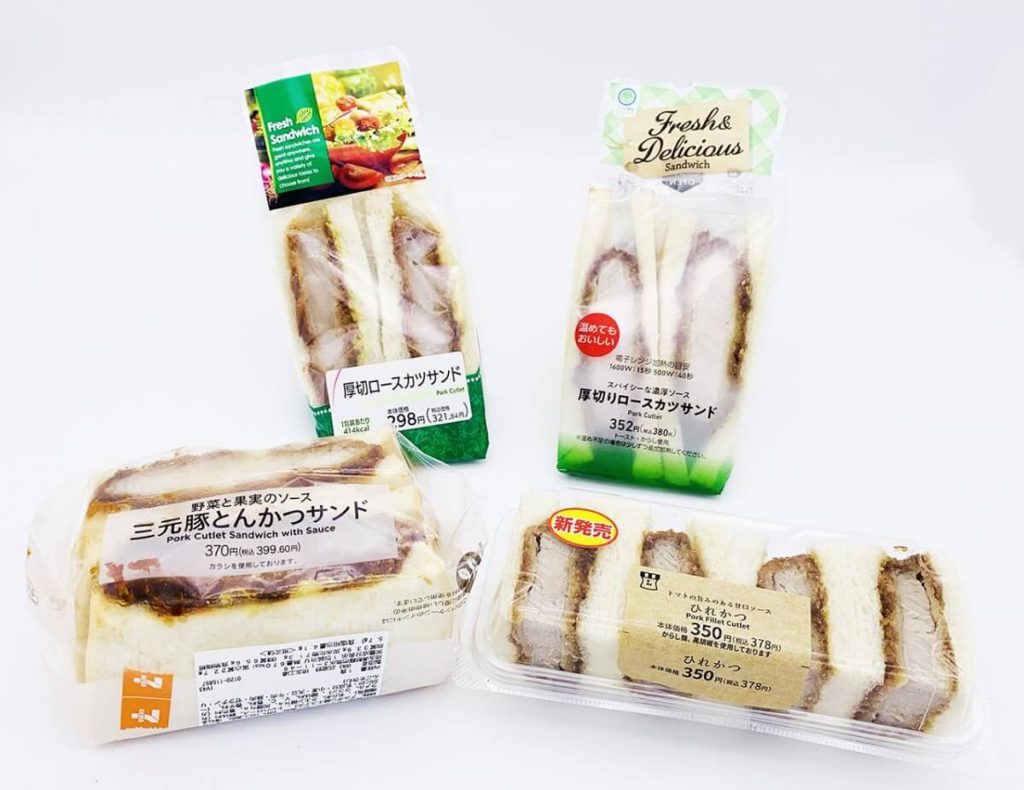
A box lunch of Katsu Sando issued by Maisen, Mansei, and Yoshikami are now quite popular among the passengers on trains and airplanes. At the supermarkets or convenience stores, you’ll never fail to find Katsu Sando on your own. I could say that it is proof of how people enjoy eating it and they are satisfied with Katsu Sando.
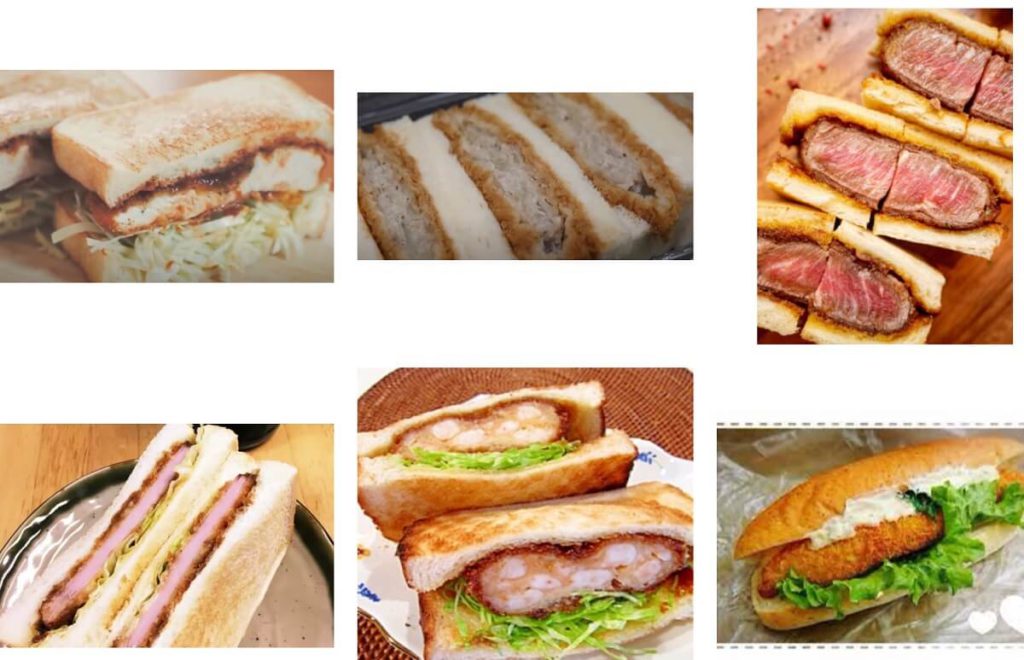
Fried Ham, Fried Prawn, and Fried Fish
Katsu Sando overseas
Though it looks strange or weird for Japanese people, it is true that Katsu Sando is widely accepted and there are possibilities for us to find brand new Katsu Sandos coming from overseas.
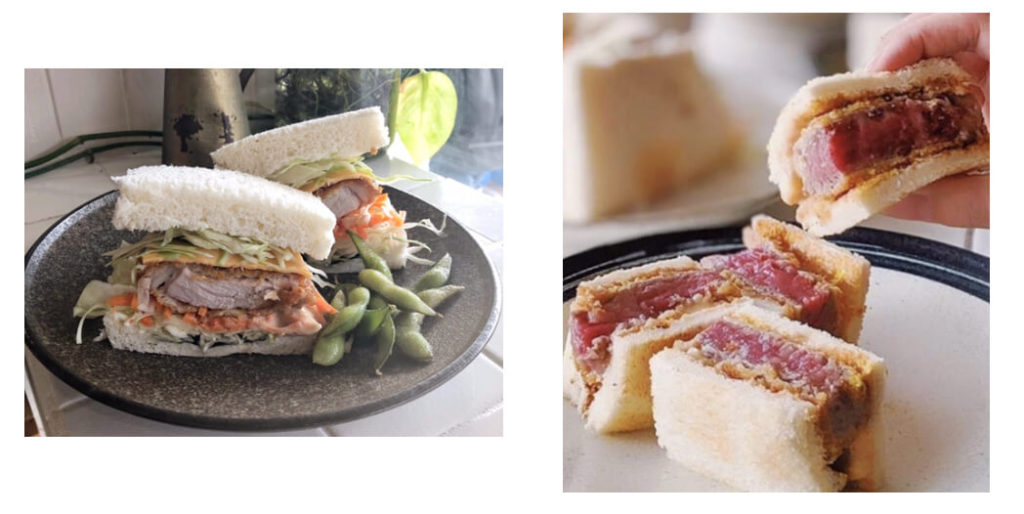
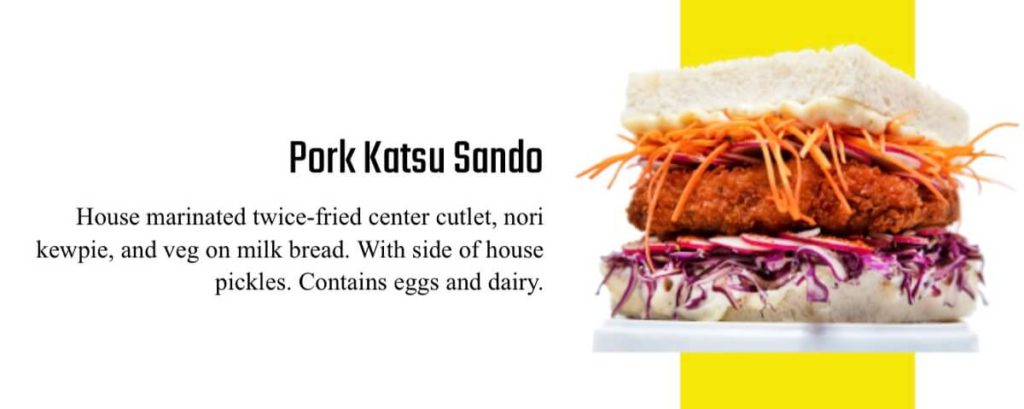

Conclusion
Katsu Sando has been giving great satisfaction not only to people in Japan but also overseas, and its variations keep expanding. In my opinion, it is a proof of great fusion and creation by the Japanese chefs who would like to answer the requests from their customers. As a result, the Katsu Sando became an iconic Japanese food which attracted many people from overseas.
Please check these links:
https://youtu.be/zvVUCbkc0eo
https://youtu.be/wRqDfuTcspE

National Tour Guide (English), Eiken Grade 1, TOEIC A rank. Have been studying and teaching English for over 30 years.

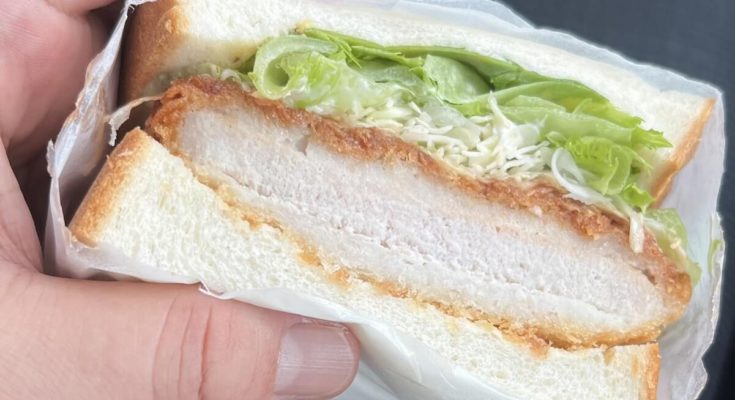
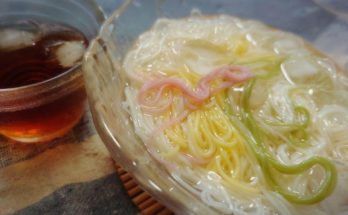
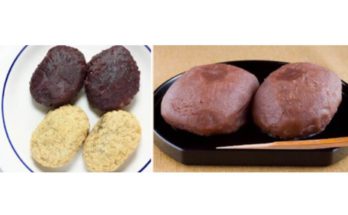

 HTJ has a YouTube page! Check it out
HTJ has a YouTube page! Check it out